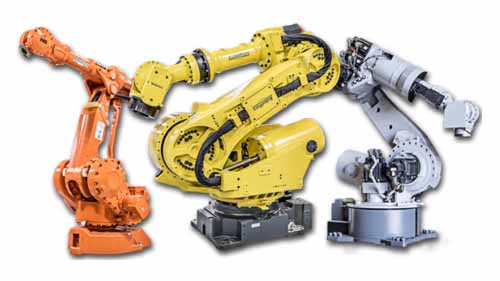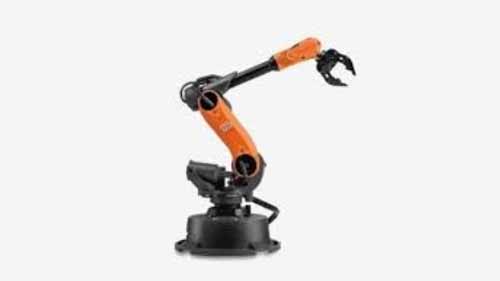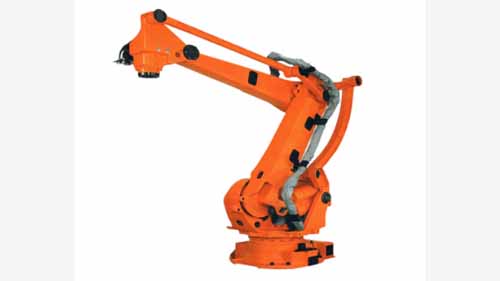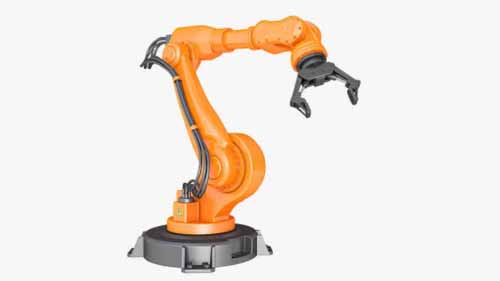
Source: www.robots.com
Industrial robotic arms have been embraced in the manufacturing industry for different applications. They provide great productivity, efficiency, and quality on all products. However, the question remains, how much a robotic arm should cost. Figuring this out will help ensure that you tailor your budget right and get an industrial robotic arms that works for you. Consulting with an industrial robotics company to get a run down of the prices is also a great option.
Price Estimates for Industrial Robotic Arms
Source: www.geeky-gadgets.com
The price of industrial robots has fallen by more than 25%, and is said to fall by a further 22%. Typically, an industrial robotic arm will cost anywhere between $25,000 and $400,000. However, total device costs could increase once other device specs are added. With specs such as controls, safety features, end of arm tooling (EOAT) and applications it is essential to keep an open mind.
On the other hand, buying a used or refurbished robot or device will decrease the price by as much as 50%. Robots can be found for $1,000 or less for colleges, universities and other non-industrial uses, but these robot arms are not suitable for industrial applications. While collaborative robots do not have the same speed or power as conventional industrial robots, they come at a reasonably low cost.
The true cost of running a robot, however, must also be taken into account. It involves more than just the initial cost incurred, expenditure in labor costs must be considered. The average global labor-cost could hit 16% by 2025, or 22% in the United States. Also lower-wage countries, such as China, may see an 18% labor cost increase.
Factors that Affect Price of Robots
Source: www.alibaba.com
When it comes to finding the right robotics to work with there are a few aspects that come into play. These aspects also affect the price of the robotic arms. They include:
Payload
When it comes to robotic arms, the factor that determines how heavy and how many products can be handed at a time is the payload. With different robotic arms, you’ll get various payloads. The higher the payload you’re working with, the more money you’ll need to invest in your choice of robotic arm.
End of arm tooling(EOAT)
The end of arm tooling features a gripper that is attached at the end of the arm. There are different types of grippers to invest in. Depending on the type you want, the prices will significantly vary.
Robot Size
The size of your robot depends on the amount of work it is designed to take on. This means that the larger the robotic arm, the higher the price to be paid.
Safety Features
Robotic arms will come with different safety features designed to ensure that you can easily use the arms. Depending on the safety you want for your robotic arms, you’ll spend a bit more as the features increase.
Are Industrial Robots Worth Buying?
Source: www.indiamart.com
There are several benefits provided by industrial robotic arms that justify their prices. For one, they are less likely to make mistakes and get worn out while working. However, people become exhausted or overwhelmed and get prone to making more mistakes in the process. They are not as susceptible to accidents with repetitive stress as humans are. Robots take no breaks and can run around the clock, potentially increasing your production output. Robot motions are more accurate and reliable, minimizing the number of goods recalled for faulty parts returned. For example, robotic welding arm can provide impeccable repeatability to produce consistent and high-quality welds.
It is also possible to repurpose robots for new roles and reintegrate them into the production line at various levels. There is a learning curve for humans, which can slow down the whole process. With robots, they can move smoothly from one job to the next without much modification, if they are properly programmed.
Robots have additional cost-cutting advantages, such as defect elimination, as well as continuous service with limited human interference. They also do not need health care, insurance, wages or time off, and in order to continue their work, they need minimal heat and light. These lowered expenses lead to great savings for the company in the long run.
For a robot performing assembly tasks in the manufacture of computer electronics, running costs are calculated at just $4 per robot, compared to $24 for a human laborer. While the initial price of the robot arm may be high, the addition of industrial robots will rapidly produce a return on the initial investment.
Conclusion
When it comes to determining the price of an industrial robotic arm, you’ll need to keep a few things into consideration. The prices will vary greatly depending on the features you choose to include in your robotic arm. Talk to an industrial robotic arm manufacturer to get a clearer understanding of the type of robot you should be working with. Once that is don, you can work up a budget and invest in an arm that will serve you.



